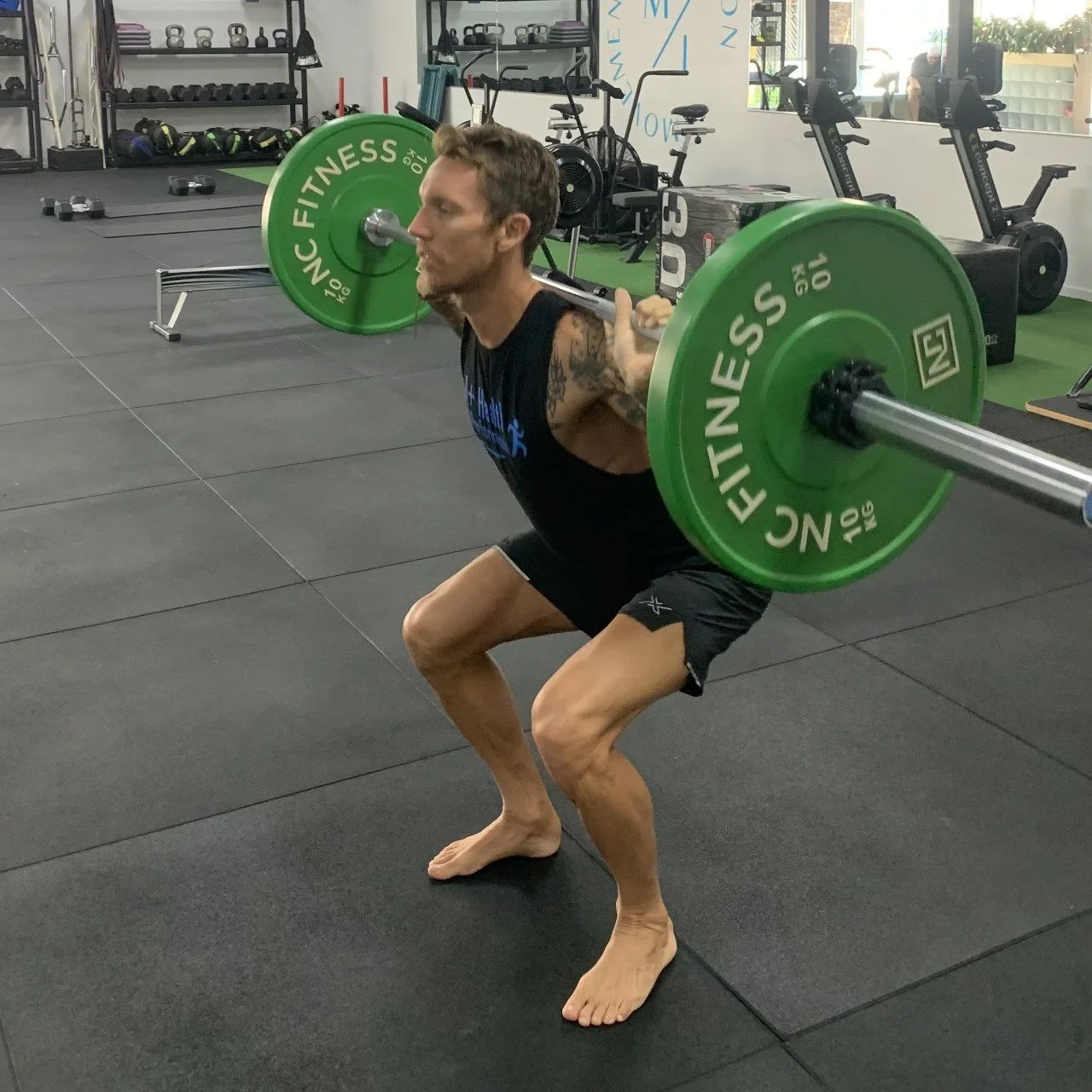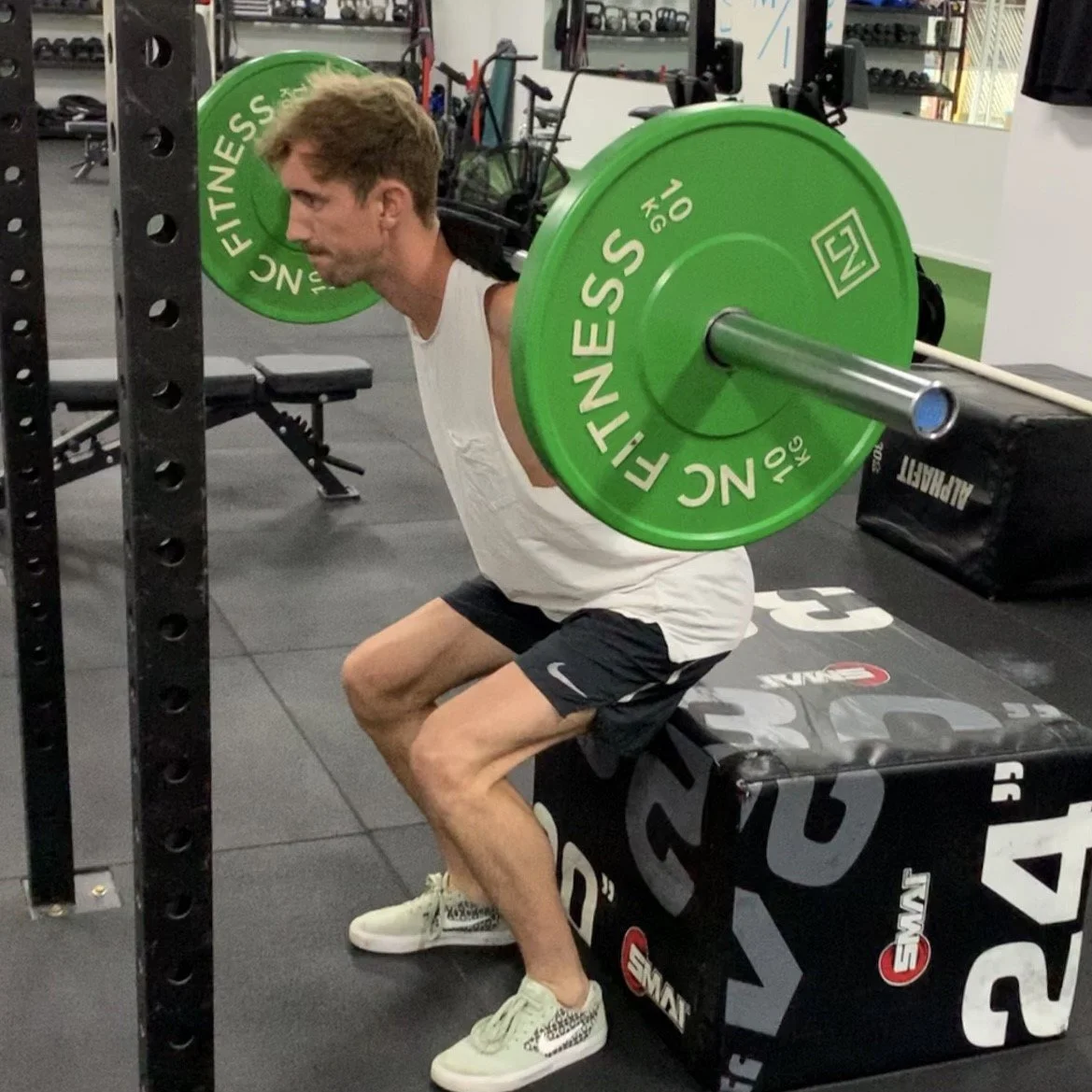How deep should I squat?
This is a common question I often get asked as a strength coach:
‘How deep should I squat?’
And the answer is always… ‘it depends’.
It depends on a variety of factors such as your goals, movement competency in the squat, level of strength, mobility, experience in strength training as well as individual body type/ shape and injury history.
Every athlete is different and therefore your squat may be slightly different to the next person. This can be due to differences in height, torso and leg length, hip and knee joint structure and mobility levels. Some people may be able to squat quite deep comfortably, while for others squatting to parallel or just below may be enough.
As with all strength exercises there are modifications that we can make to ensure the squat is comfortable and most effective for every athlete and their needs and goals.
My advice would be you should squat to the depth that your mobility and strength allows you to. There can be adjustments made to help you squat more effectively and maybe slightly deeper, but you should be confident squatting pain free at a depth you are comfortable with. Improving the mobility of your hips and ankles can allow you to squat deeper, as will propping your heels up on some small plates; and the width of your stance will also affect the depth of your squat. Using a lighter weight or other squat variations ie. goblet squats, front squats or even hex bar deadlifts, to work on your strength through range can help get you used to squatting deeper if that is a goal for you.
As an endurance athlete there can be benefits in deliberately limiting the range of the squat. As strength training is an addition to your training program, deep squats are not always necessary or specific to endurance sports. If the risk of squatting deep outweighs the rewards, then there are far better options to include in your program.
For example, box squats help improve your strength through a shorter range and develop stability, as well as half or quarter squats with increased loads to get you comfortable squatting quite heavy. Pause squats can also be very beneficial in improving technique by increasing time under tension and developing strength and stability through any weak points.
As you can see all squats are not created equal, the take home point is to squat to the depth you are comfortable with on any given day and you squat exercises may vary depending on your training phase.
If you are concerned about your squat technique or are having trouble due to pain or limitations, reach out and I can help get you squatting more efficiently, safely and pain free.



